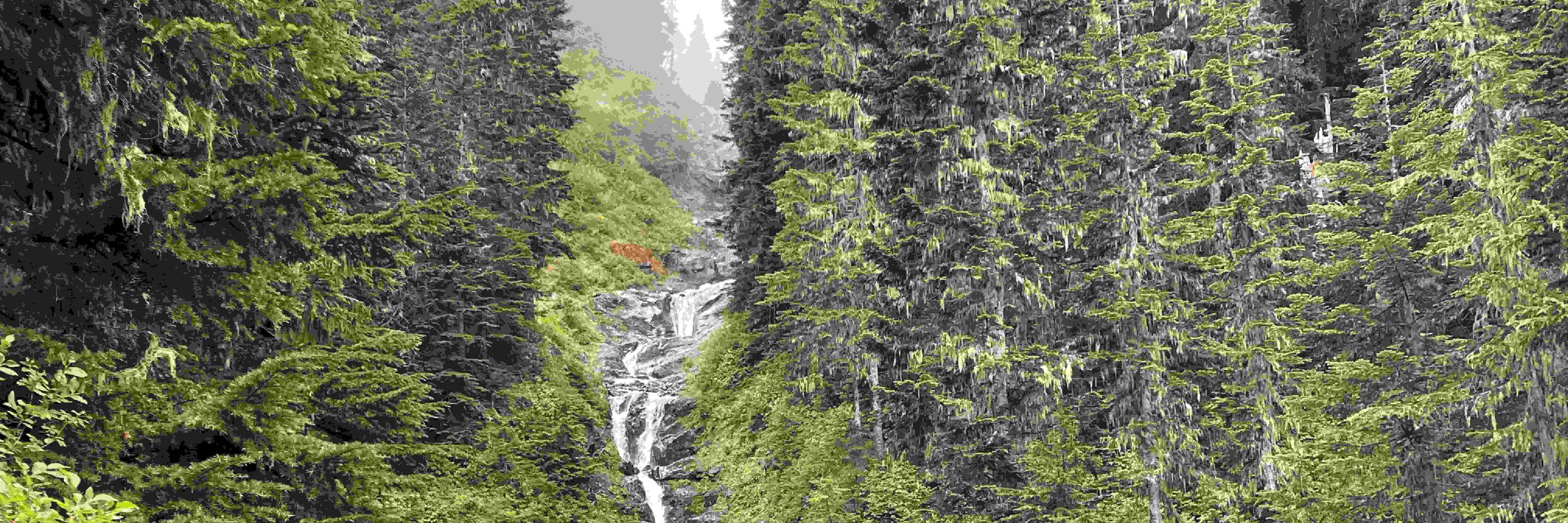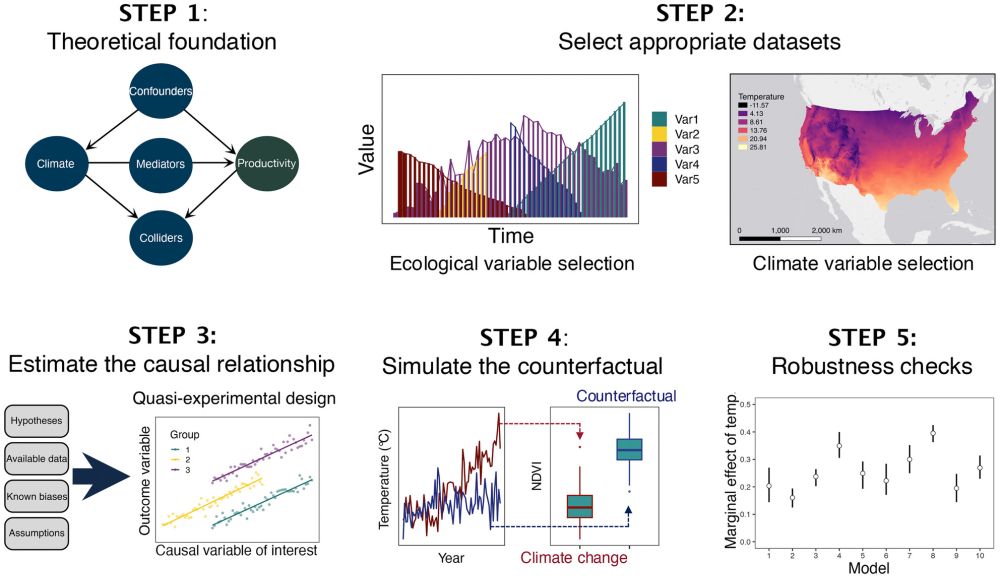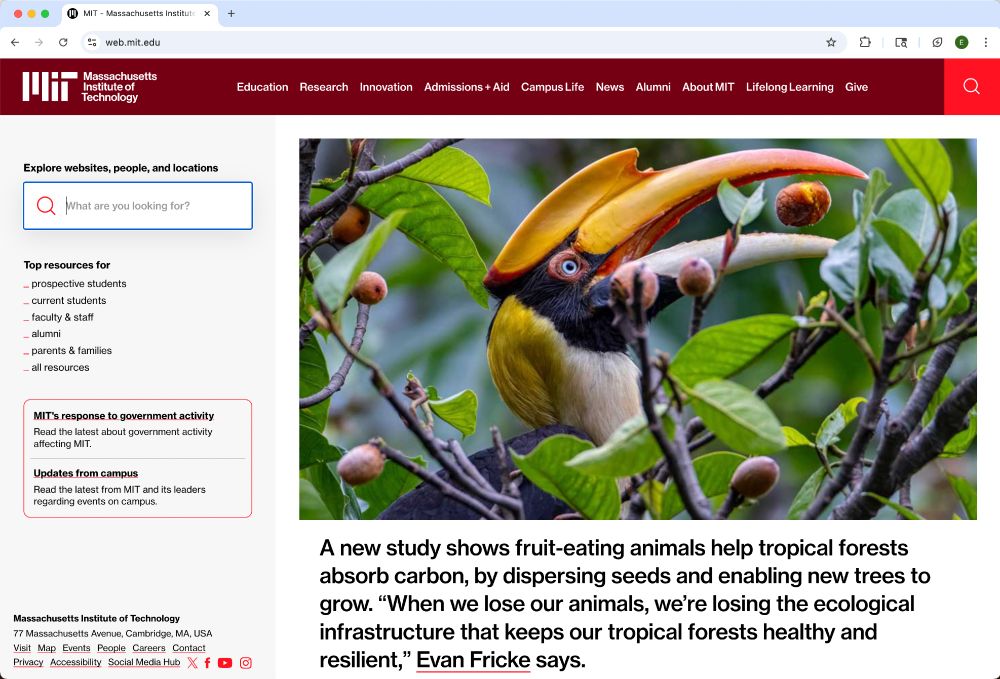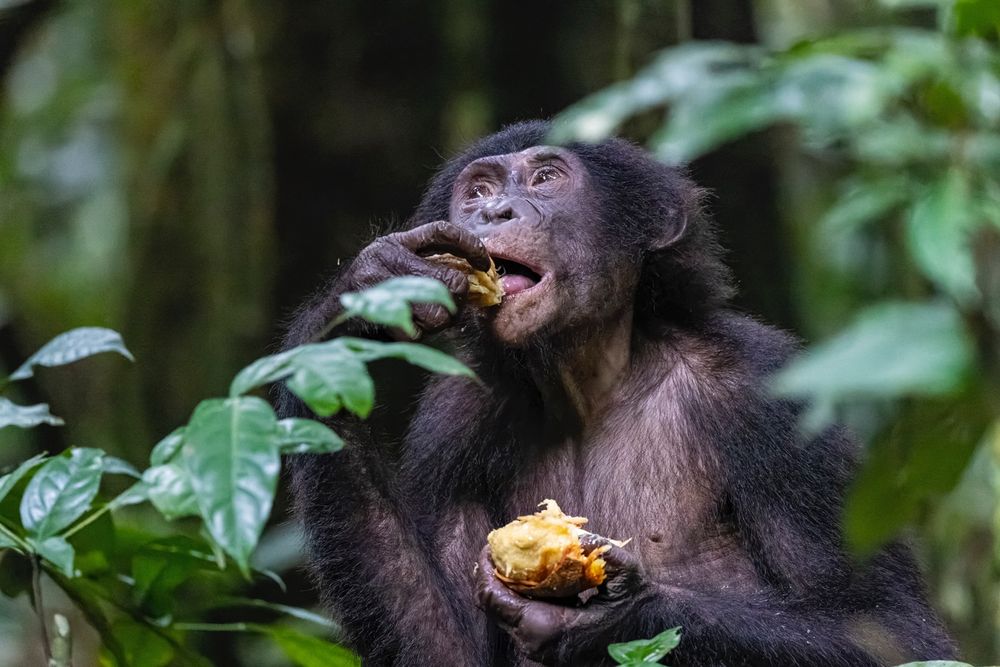
Biodiversity, ecology, climate change, forests, seed dispersers.
Research scientist at MIT.

We’re not just losing forests – we’re losing their ability to regrow.
Reversing that trend could align biodiversity recovery with climate solutions.🧵
Reposted by Jens‐Christian Svenning, Ana S. L. Rodrigues, Ben Bond‐Lamberty , and 12 more Jens‐Christian Svenning, Ana S. L. Rodrigues, Ben Bond‐Lamberty, Jonathan Lenoir, Mathias Disney, Neil Pederson, Andrea Santangeli, Antonio J. Pérez‐Luque, Martin Ehbrecht, Evan C. Fricke, Daniel Zuleta, Victor Danneyrolles, Roozbeh Valavi, Samuele Ramellini, Hansraj Gautam

The Global Canopy Atlas: analysis-ready maps of 3D structure for the world's woody ecosystems
📜: doi.org/10.1101/2025...
Huge team effort led by the brilliant Fabian Fischer!




Anyone else want to skip the middleman and just publish cartoons from here on out?
🔗 www.pnas.org/doi/abs/10.1...
Reposted by Michael A. Wulder, Graeme S. Cumming, Elliott L. Hazen , and 14 more Michael A. Wulder, Graeme S. Cumming, Elliott L. Hazen, Ben Bond‐Lamberty, Jonathan Lenoir, Julie L. Lockwood, Martin Tomko, Stephen D. Murphy, Juan Rocha, Tommaso Jucker, Laura E. Dee, Emilio Vilanova, Pablo García‐Díaz, Valentin Journé, Evan C. Fricke, Katherine Siegel, Karl Andraczek

Are you asking "how much" or "if" climate change has impacted your system, then this paper is for you!
🧪🌏🌐🍁🌺🌱🌿
onlinelibrary.wiley.com/doi/10.1111/...

40% hornbill
40% figs
20% me yelling about seed dispersers
Press release here: mit.edu

www.pnas.org/doi/10.1073/...
We’re not just losing forests – we’re losing their ability to regrow.
Reversing that trend could align biodiversity recovery with climate solutions.🧵

Deep thanks to the stellar coauthors Susan Cook-Patton, Charlie Harvey, and César Terrer. And to photographer Christian Ziegler for these excellent seed disperser images.

Overlooking nature’s tree planters risks missing ‘win-win’ pathways for both climate mitigation and biodiversity conservation.


And natural regrowth often has much lower implementation costs and better biodiversity outcomes.

-Aboveground carbon accumulates 4x faster in regrowing tropical forests where seed dispersal by animals is most intact vs. most disrupted.
-Current seed dispersal disruption levels cut carbon uptake of proposed reforestation sites by 57% on average.

We then paired it with carbon accumulation data from thousands of tropical regrowth plots, along with other environmental variables.

But over 80% of tropical trees rely on animals to regenerate, and seed dispersers are declining. What does that mean for tropical forest regrowth?
Reposted by Evan C. Fricke

Reposted by Serge Belongie, Evan C. Fricke
cv4ecology.caltech.edu/call_for_app...

www.theguardian.com/environment/...
Glad to have contributed to this effort led by Kurt Fesenmyer at TNC.
www.nature.com/articles/s41...
Reposted by Ferran Sayol

From our paper www.science.org/doi/10.1126/... Illustrated by coauthor @ohsanisidro.bsky.social

Big thanks to the stellar coauthors: Carolina Bello, Becky Chaplin-Kramer (@beckyck.bsky.social), Daisy Dent, Ken Feeley (@kjfeeley.bsky.social), Mauro Galetti, Juanpe González-Varo, Ruben Heleno, Leighton Reid.
• Which plants and ecosystems are most vulnerable to disperser loss?
• How do disperser declines interact with other change drivers?
• What are (and how can we measure) the costs to human well-being?
• What strategies best restore seed dispersal and its benefits?

New data syntheses and models are capturing functional changes across large scales, helping reveal long-term impacts, which range from reduced forest product provisioning and weakened carbon storage to impaired wildfire recovery and degraded habitats for animals.

One idea: Experiments can demonstrate societally relevant impacts of pollinator decline within a growing season. For seed disperser decline, they unfold slowly, across vast scales, and experiments at scale are unfeasible or unethical.

Yet despite these being core goals of global efforts to protect, manage, and restore nature, the roles of seed dispersers remain largely overlooked in global biodiversity and restoration strategies.

But this is breaking down as seed disperser diversity, abundance, and movement decline worldwide.

